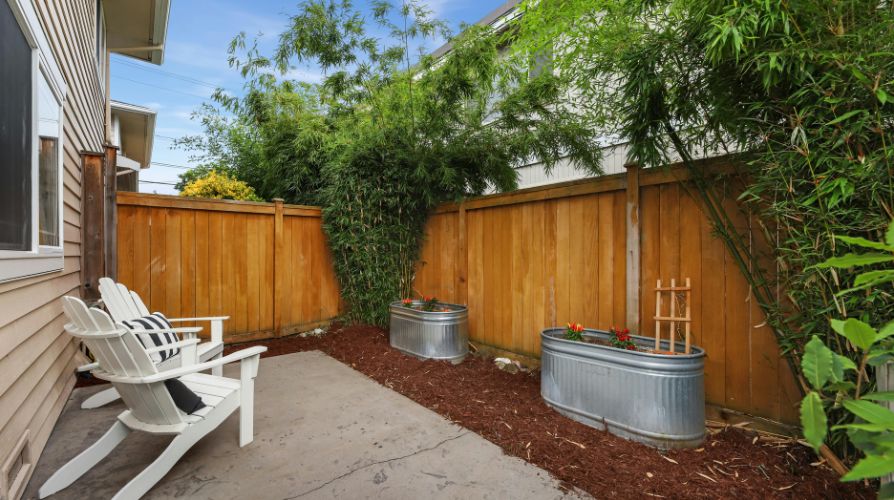
Putting up a fence might seem like a simple weekend project, but before you start digging post holes, it’s important to know exactly where your property line is. Property line issues can lead to neighbor disputes, wasted money, or even legal trouble.
The good news? With a little preparation and communication, you can avoid all of that. Here’s how to handle property line issues the right way when installing a fence.
1. Double-Check Your Property Line
Even if you think you know where your property ends, it’s best to confirm. Check your home’s deed, plat map, or survey documents. These should show your exact lot boundaries.
If you can’t find them or aren’t sure, hire a licensed land surveyor. It may cost a little upfront, but it’ll save you from future headaches, like having to tear down and move your fence!
2. Talk to Your Neighbors
Once you know where the line is, have a friendly conversation with your neighbors. Let them know you’re planning to install a fence and where it will go. This shows respect and gives them a chance to ask questions or share concerns before the work begins.
Sometimes neighbors even want to split the cost, especially if the fence benefits both properties. Communication goes a long way in keeping things peaceful.
3. Know Local Fence Laws and Rules
Every city or town has different rules about fences. Some places have height limits, setback requirements (how far a fence must be from the property line), or even style restrictions. Check with your local zoning office or homeowners’ association (HOA) to avoid any violations.
4. Mark the Boundary Clearly
Before building starts, mark the property line using flags or stakes. This helps both you and your fence installer visualize the layout and avoid mistakes.
Don’t rely on an existing fence, hedge, or driveway as a boundary, they’re not always accurate!
5. Stay Just Inside the Line
To be safe, many homeowners choose to place their fence a few inches inside their property line. This prevents any part of the fence from crossing over to the neighbor’s side, which can cause disputes down the road.
Even a tiny overstep could lead to claims of encroachment (which is just a fancy way of saying your fence is on someone else’s land).
6. Keep Records and Receipts
Once your fence is installed, keep all documents: permits, survey results, installation receipts, and communication with your neighbor. These come in handy if there’s ever a disagreement in the future.
And remember, using high-quality materials will make a world of difference when putting up a fence. Work with a professional installer who uses products from Modern Fence Technologies. Or, if this is a do-it-yourself type of project, ask your retailer for our products.
For more inspiration and high-quality fencing options, check out our wide range of products and take your fencing project to the next level.
Bottom line: A little planning and a lot of communication can make fence building easy and drama-free. When in doubt, talk it out, and measure twice before you dig!

